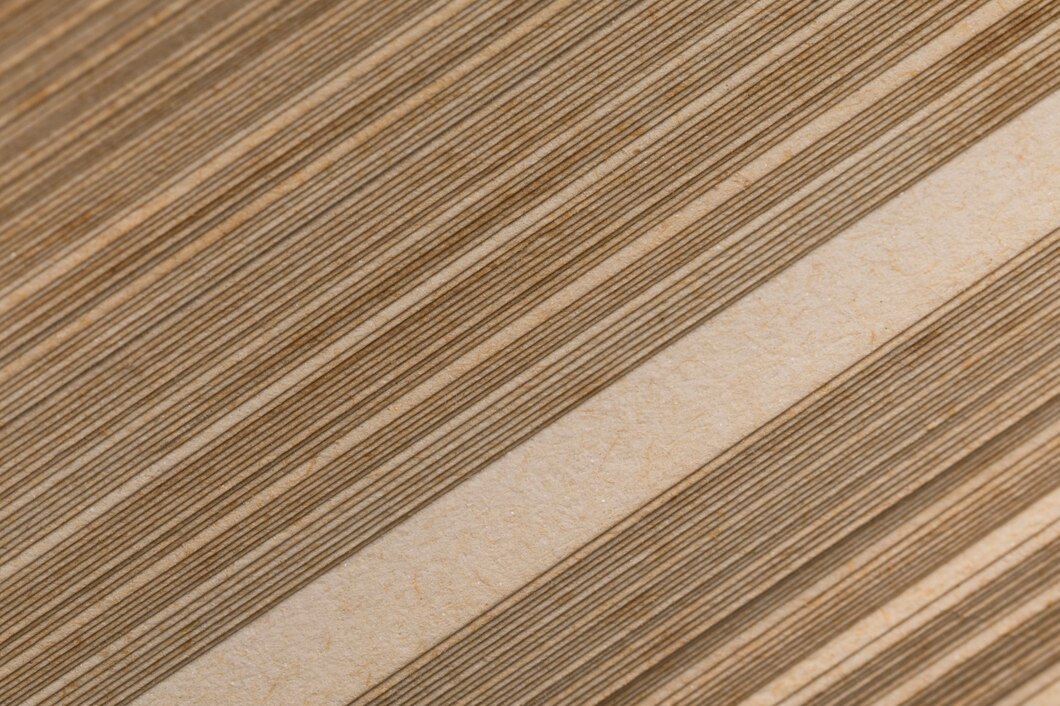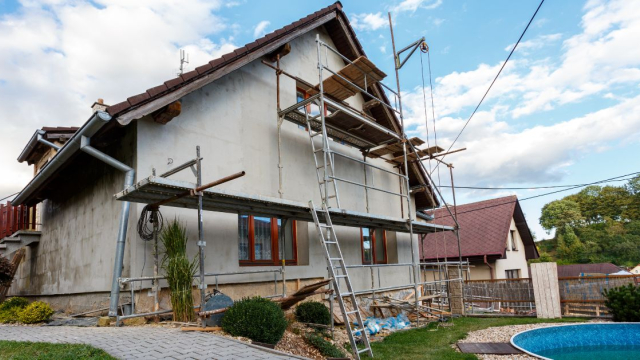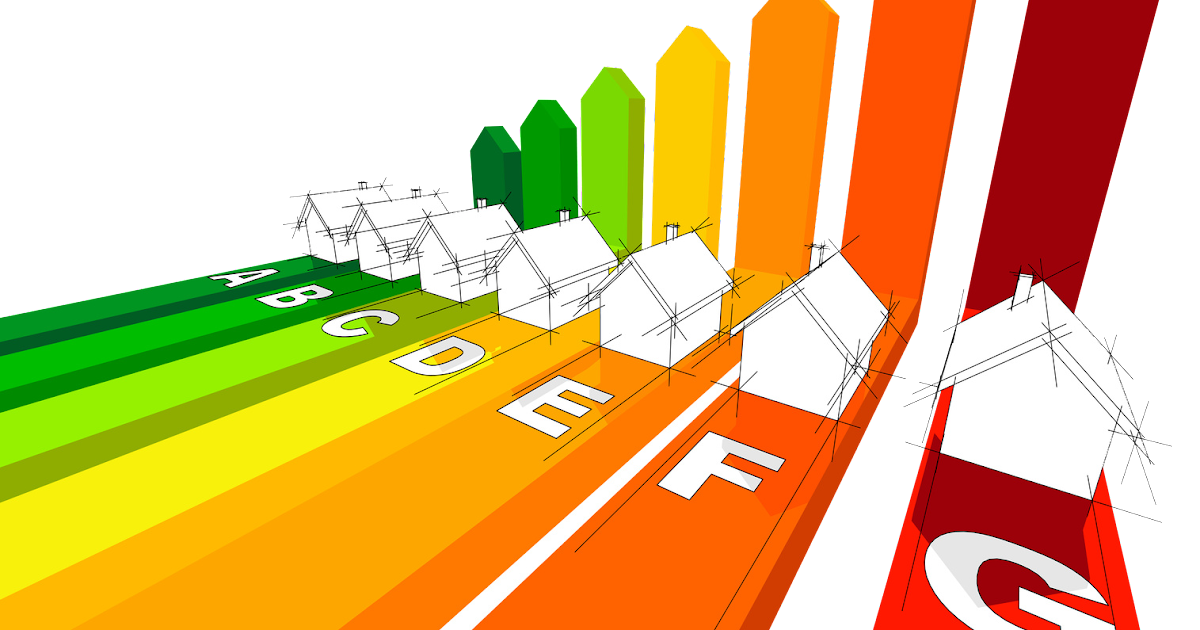When it comes to quality plywood, one name that stands out in the industry is Gurjan Plywood. Renowned for its durability, versatility, and resilience, Gurjan Plywood has become a staple material in construction and interior design. But have you ever wondered about the journey this remarkable product undergoes before it reaches your doorstep? In this comprehensive guide, we will take you through the intricate manufacturing process of Gurjan Plywood, revealing the meticulous steps involved in transforming raw timber into top-quality panels.
1. Sourcing the Finest Timber
The journey begins with the careful selection of raw materials. Gurjan Plywood is primarily crafted from Gurjan trees, known for their dense, durable wood. These trees are meticulously sourced from sustainably managed forests, ensuring both quality and environmental responsibility.
Following the rigorous selection process, the chosen Gurjan logs are transported to the manufacturing facility. Here, they undergo a series of precise preparations. This includes removing any bark or imperfections that may affect the quality of the final product.
The logs are then cut into manageable sizes, ready for the next stages of the manufacturing journey. This meticulous preparation ensures that only the highest quality wood is used, upholding the reputation of Gurjan Plywood for excellence and durability.
2. Log Inspection and Preparation
Once the Gurjan logs arrive at the manufacturing facility, they undergo a rigorous inspection process. Skilled technicians assess the logs for any defects, ensuring only the highest quality wood is used in the production of Gurjan Plywood. After inspection, the logs are then cut into manageable sizes for further processing.
Following the meticulous inspection and sizing, the Gurjan logs move on to the peeling and slicing stage. In this crucial step, advanced machinery is employed to precisely slice the logs into thin, continuous sheets known as veneers.
This process requires precision and expertise to ensure that each veneer maintains its integrity and quality. The resulting veneers will serve as the core material for the Gurjan Plywood panels, embodying the strength and durability for which Gurjan Plywood is renowned.
3. Peeling and Slicing
In this crucial stage, the logs are fed into a peeling machine, which rotates them against a sharp blade. This process results in thin, continuous sheets of wood, known as veneers. These veneers will serve as the core material for the plywood panels.
Once the veneers are obtained, they move forward in the manufacturing process to undergo a precise drying and moisture control procedure. These freshly sliced veneers contain a certain level of moisture that must be carefully regulated to prevent warping or damage.
They are placed in specialized drying chambers where controlled heat and airflow gradually reduce their moisture content to optimal levels. This critical step ensures that the veneers are prepared to form a strong, stable bond in the subsequent stages of production, ultimately contributing to the durability and longevity of Gurjan Plywood.
4. Drying and Moisture Control
The freshly sliced veneers contain a certain level of moisture, which must be carefully regulated to prevent warping or damage. The veneers are placed in specialized drying chambers, where controlled heat and airflow gradually reduce their moisture content to optimal levels.
Once the veneers have undergone the meticulous drying process, they proceed to the application of a high-quality adhesive. This adhesive is specially formulated to ensure a strong and flexible bond between the layers of veneer. Expert technicians apply the adhesive evenly, guaranteeing that each layer adheres seamlessly to the next.
This crucial step is instrumental in creating Gurjan Plywood panels that are not only resilient but also capable of withstanding various environmental conditions, further enhancing their suitability for a wide range of applications in construction and interior design.
5. Adhesive Application
To ensure the layers of veneer bond seamlessly, a high-quality adhesive is applied. Gurjan Plywood manufacturers use specially formulated adhesives that provide both strength and flexibility, resulting in panels that can withstand various environmental conditions.
Following the adhesive application, the layers of veneer are carefully stacked together. This stacking process is conducted with precision, ensuring that the grain direction of each layer is perpendicular to the adjacent one. The entire assembly then undergoes a high-pressure and high-heat treatment in a hydraulic press.
This crucial step creates a robust and unbreakable bond between the layers, resulting in a solid composite structure. The panels emerge from this process with strength and integrity that sets Gurjan Plywood apart, making it a trusted choice for projects that demand reliability and resilience.
6. Pressing and Compaction
The adhesive-coated veneers are stacked together, ensuring that the grain direction of each layer is perpendicular to the adjacent one. The entire assembly is then subjected to high pressure and heat in a hydraulic press. This process creates a robust bond between the layers, forming a solid, composite structure.
7. Trimming and Cutting
Once the plywood panels have been pressed, they undergo precision trimming and cutting. This step ensures that the final product meets the specified dimensions and maintains uniformity across all panels.
8. Sanding and Finishing
To achieve a smooth, polished surface, the panels undergo a thorough sanding process. This not only enhances the aesthetic appeal but also prepares the surface for any additional finishes or treatments.
9. Quality Inspection
Before the Gurjan Plywood leaves the manufacturing facility, it undergoes a stringent quality control process. Technicians meticulously examine each panel for any imperfections, guaranteeing that only flawless products make their way to market.
10. Fire Retardant Treatment
For applications where fire safety is paramount, such as in construction, Gurjan Plywood can undergo a specialized fire retardant treatment. This process enhances the plywood’s resistance to fire, providing an extra layer of protection.
Bottom Line
In conclusion, the manufacturing journey of Gurjan Plywood is a testament to the meticulous craftsmanship and attention to detail that goes into producing this exceptional material. From the careful selection of Gurjan logs to the final quality inspection, every step is executed with precision. The result is a top-quality plywood that not only meets industry standards but surpasses them. So, the next time you encounter Gurjan Plywood, you can appreciate the intricate process that transforms raw timber into a versatile and resilient construction material. Whether for interior design or construction projects, the inclusion of fire retardant plywood ensures an added layer of safety and protection.



